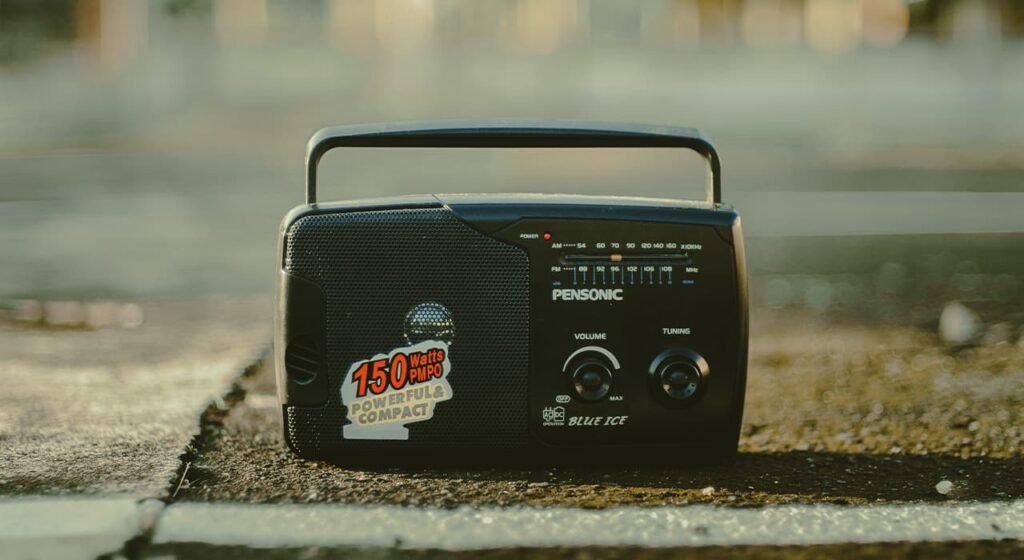More than a hundred years have passed since the world’s first radio program was broadcast from Brant Rock Station (USA) in 1906. It featured not only speech, but also songs and music. Over the years, technology has changed and equipment has improved. Radio, broadcasting and television have all changed along with it.
Broadcasting radio today represents almost the last section of the electronics market.
The mass transition to digital technology has only just begun here. But the transition is necessary and driven by global progress in the entire digital industry, and by the unification of computer technology, information services, broadcasting and communications into one common system.
In the not-too-distant future, there will be a completely different, more powerful radio broadcasting, of high quality, without interference, not what we hear today. It will be a completely new place for the creative development of radio as an art of communication with its users, through the interactive exchange of information.
Today, digital broadcasting is getting a lot of attention from most of the industrialized countries of the world. What is so special about it? First of all, it opens the possibility to transmit radio programs of a high quality level comparable with the CD quality. Most of all, the differences will be noticeable with LF, SW and UHF waves in amplitude modulation mode.
DAB is adopted as the main standard for digital radio broadcasting. The audio signal can be transmitted at speeds ranging from 48 kbps to 320 kbps. MPEG-2, which is similar to MP3, is used as an audio compression standard.
As you know, 256 Kbit/s bitrate does not differ much from CD quality, and only an expert can tell the difference with 320 bitrate. So, we can safely say, that modern DAB radio can fully satisfy the needs of every audiophile and radio listener with its high quality sound.
Reception of radio signals for mobile users (in cars, ships, trains, etc.) also becomes more reliable. This increases the demand for DDR even more. The reason for this is that during such mobile radio listening there is the possibility of overlapping waves that come from the same source. This includes the Doppler effect, which changes the wavelength depending on the speed of the receiver itself.
All this affects the quality of the receiving signal. Digital broadcasting makes it possible to use coding that is resistant to interference. This ensures a correct and clear perception of all transmitted data.
In addition, digital receivers can automatically select the most powerful signal.
DSP systems quite easily provide and addressable receipt of information. In such receivers can be implemented pager functions. Finally, digital broadcasting has tremendous potential to be integrated with cell phones and computers.
